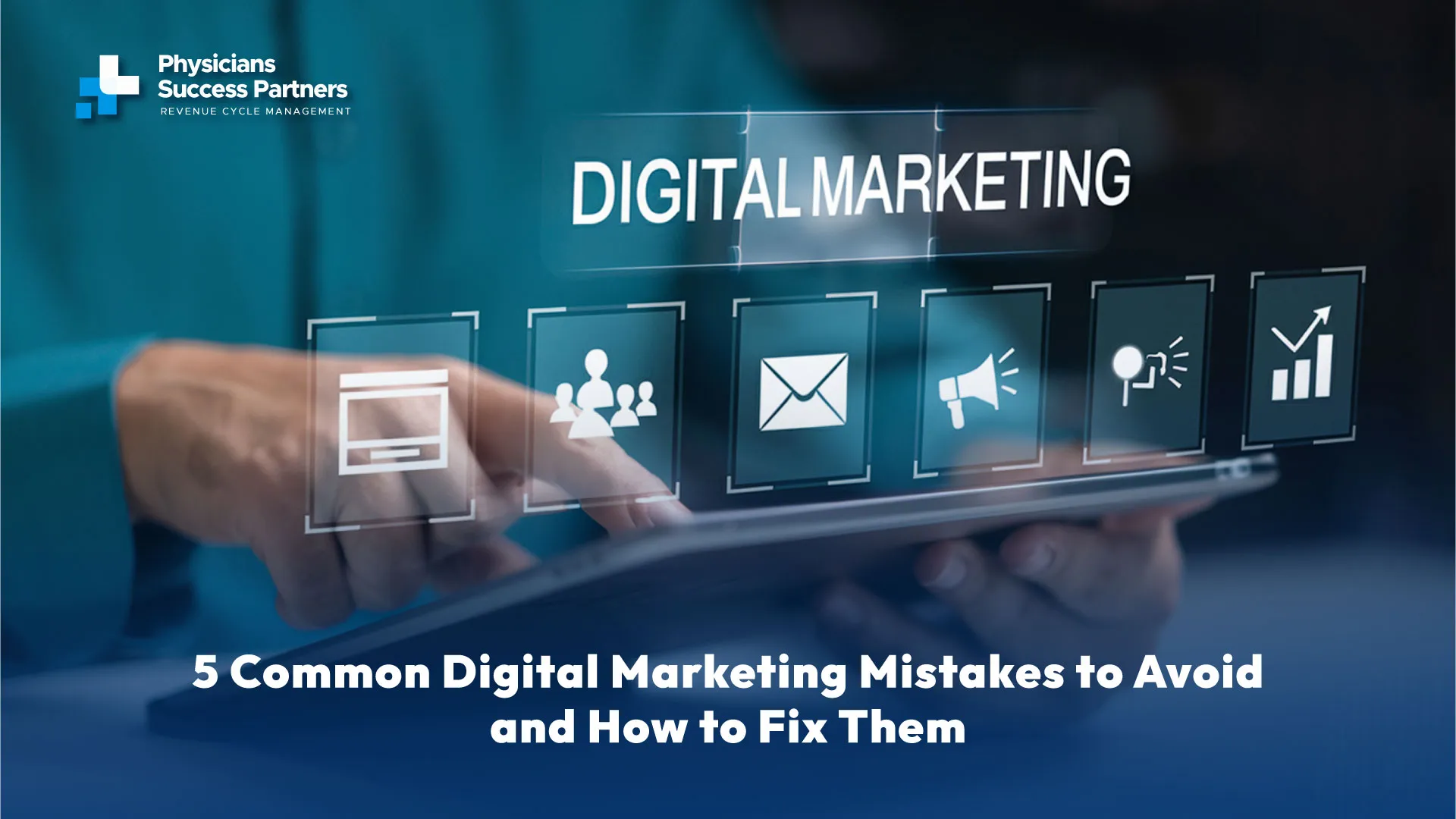Understanding VOB in Medical Billing Coverage, Co-pays, and Payment Clarity
Medical billing is akin to a maze: complicated and challenging to navigate. The process requires accuracy and attention to detail that is beyond reproach. The knowledge of the insurance particulars will guide the patient through the course more easily.
The Verification of Benefits (VOB) leads the way in easy claims processing. This allows healthcare providers to determine a patient's insurance coverage. Once they see the benefits, they can stop the issues that lead to claim denials and payment disputes. Providers are taking a risk by not possessing an effective verification system: the payments are at risk, and a burden is on the staff for the extra work.
What is Verification of Benefits (VOB)?
VOB connects you to insurance. It checks each patient's coverage regularly. It meticulously scrutinizes co-insurance, deductibles, and policy limits. When these details are shared early, surprise billing is avoided, and costs are clear. Also, it can be tough for patients to grasp the policies of different insurance companies.
This is because every complex policy has a different set of coverage rules. Therefore, the bills that are generated are required to be scrutinized. Errors in checking patient benefits can lead to denied claims and delayed payments from providers. This will eventually lead to a disagreement between the patient and insurance companies.
Why is VOB Important in Medical Billing?
A clear insurance claim review process stops costly mistakes. These errors can delay claims processing. When providers check benefits first, they reduce the risk of submitting claims for uncovered services. This proactive approach makes sure medical services are billed correctly. It also helps get payments quickly.
Patients also benefit from a thorough VOB process. Knowing their payment details ahead of time helps them get ready for co-pays, deductibles, and out-of-pocket costs. This transparency helps build trust and prevents confusion over medical bills.
Without proper VOBs, providers face delays or denials in medical claims. This can cause them to lose revenue. A good payment tracking system keeps claims and reimbursements organized. This makes it easier to track outstanding balances and pending payments.
How the VOB Process Works
The insurance claim status verification process involves several key steps:
1. Collecting Patient Insurance Information: The first step in claims processing is to gather key details. This includes the patient’s insurance ID, policy number, and provider contact info.
2. Contacting the Insurance Company: Providers check eligibility online or talk to insurance reps to confirm benefits.
3. Verifying Coverage Details: Check coverage limits, co-pays, deductibles, prior authorizations, and policy exclusions.
4. Documenting Verified Information: After the medical billing review, providers must accurately record all details. This helps avoid discrepancies.
5. Communicating with the Patient: Finally, patients understand their costs and any financial plans they need to make.
These steps ensure claims are processed right and payments settle smoothly.
Common Challenges in the VOB Process
Despite its importance, VOB can be a challenging task for many healthcare providers. One of the most common issues is dealing with insurance claim status inconsistencies. Each insurance company has its own policies. This makes it hard to standardize the verification process.
Another major challenge is payment dispute resolution. An error in the verification process can cause patients to get unexpected bills. This may lead to frustration and disputes. Inaccurate verification can lead to claim rejections. This forces providers to spend more time fixing and resubmitting claims.
Time constraints are another issue. Checking insurance details for each patient takes a lot of time. This process pulls administrative staff away from important tasks. Many providers use automated payment tracking systems. This helps make the process smoother and improve efficiency.
How Technology Improves VOB Efficiency
Many healthcare providers now use technology to solve issues with medical insurance verification. Automated insurance eligibility checks let you verify in real-time. This cuts down on manual work and lowers the chance of mistakes.
A payment reconciliation system tracks payments. It makes sure claims match with reimbursements correctly. Using these tools in the revenue cycle helps providers work faster and reduces delays in processing medical claims.
Final Thoughts
A good insurance claim review process is key for healthcare providers' financial health. Verifying patient benefits accurately helps providers. It can reduce claim denials, boost patient satisfaction, and ensure timely payments. Automated systems will keep improving payment settlements as technology advances. This will make medical billing more efficient and reliable.
At Physicians Success Partners (PSP), we verify benefits (VOB) accurately. This helps stop claim denials and payment delays. Our smooth process helps healthcare providers check insurance coverage, speed up reimbursements, and increase revenue.
FAQs
1. What is the difference between Verification of Benefits (VOB) and Eligibility Verification?
VOB checks if a patient has active insurance. It also looks at coverage details, like co-pays, deductibles, and exclusions. Eligibility verification only confirms whether a policy is active.
2. How often should a medical provider verify benefits?
Check benefits for each patient before every visit. This is important if they have new insurance or if their policy has changed.
3. What happens if benefits are not verified before providing services?
Not verifying benefits can lead to claim denials, surprise costs for patients, and payment delays for providers.
4. Can VOB be automated?
Yes, many providers now use automated systems to verify medical insurance. These systems check eligibility in real-time. This reduces administrative work and improves accuracy.






















